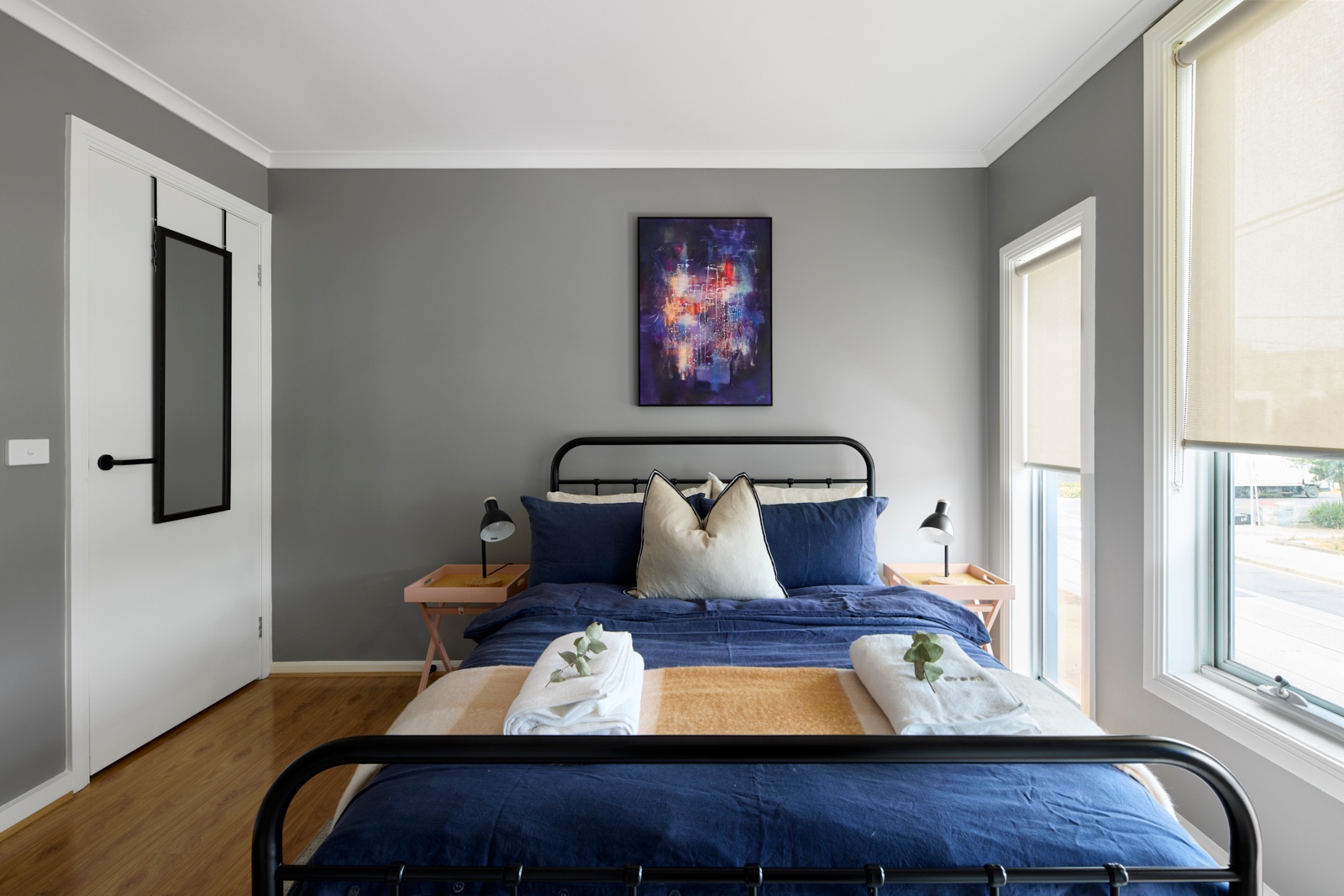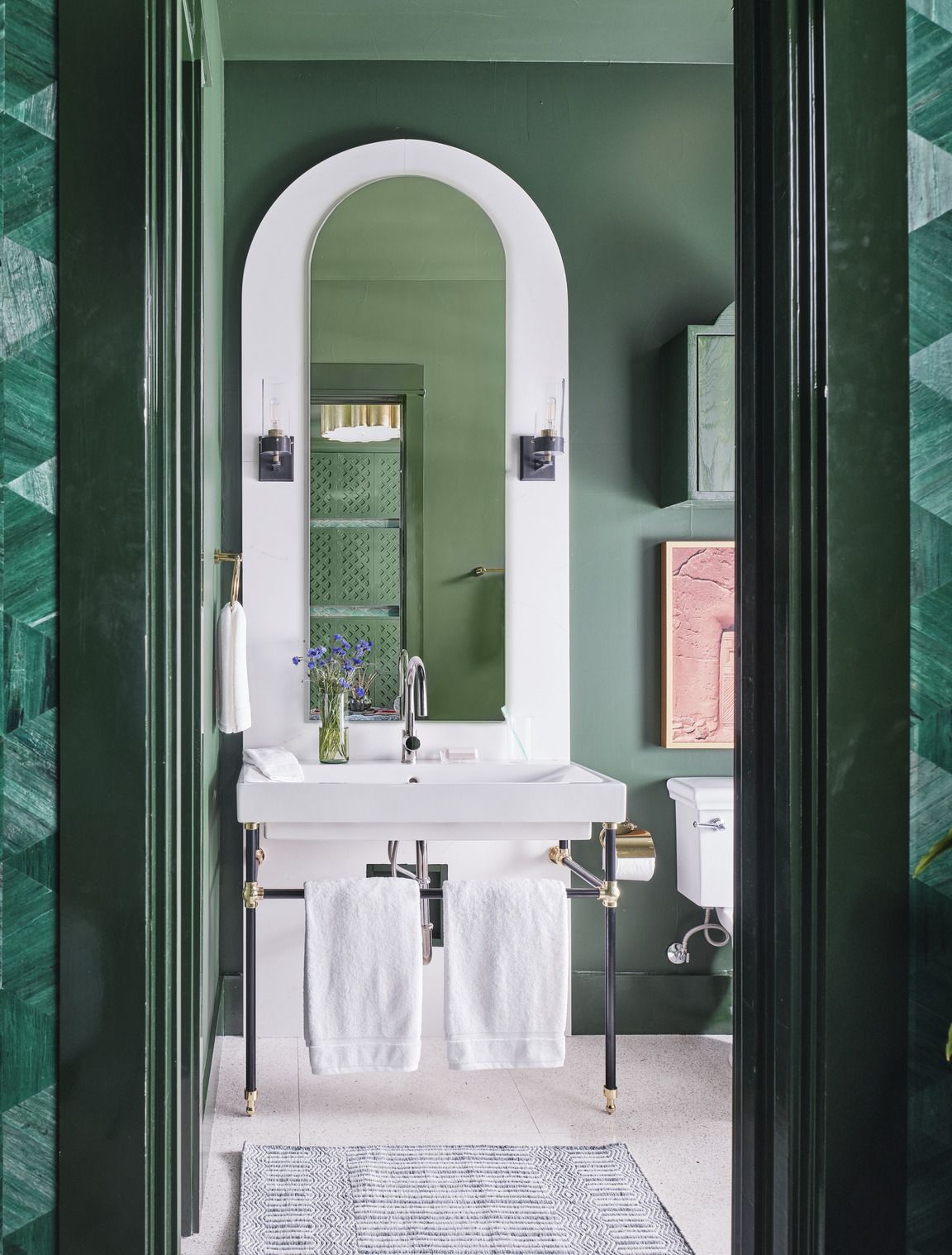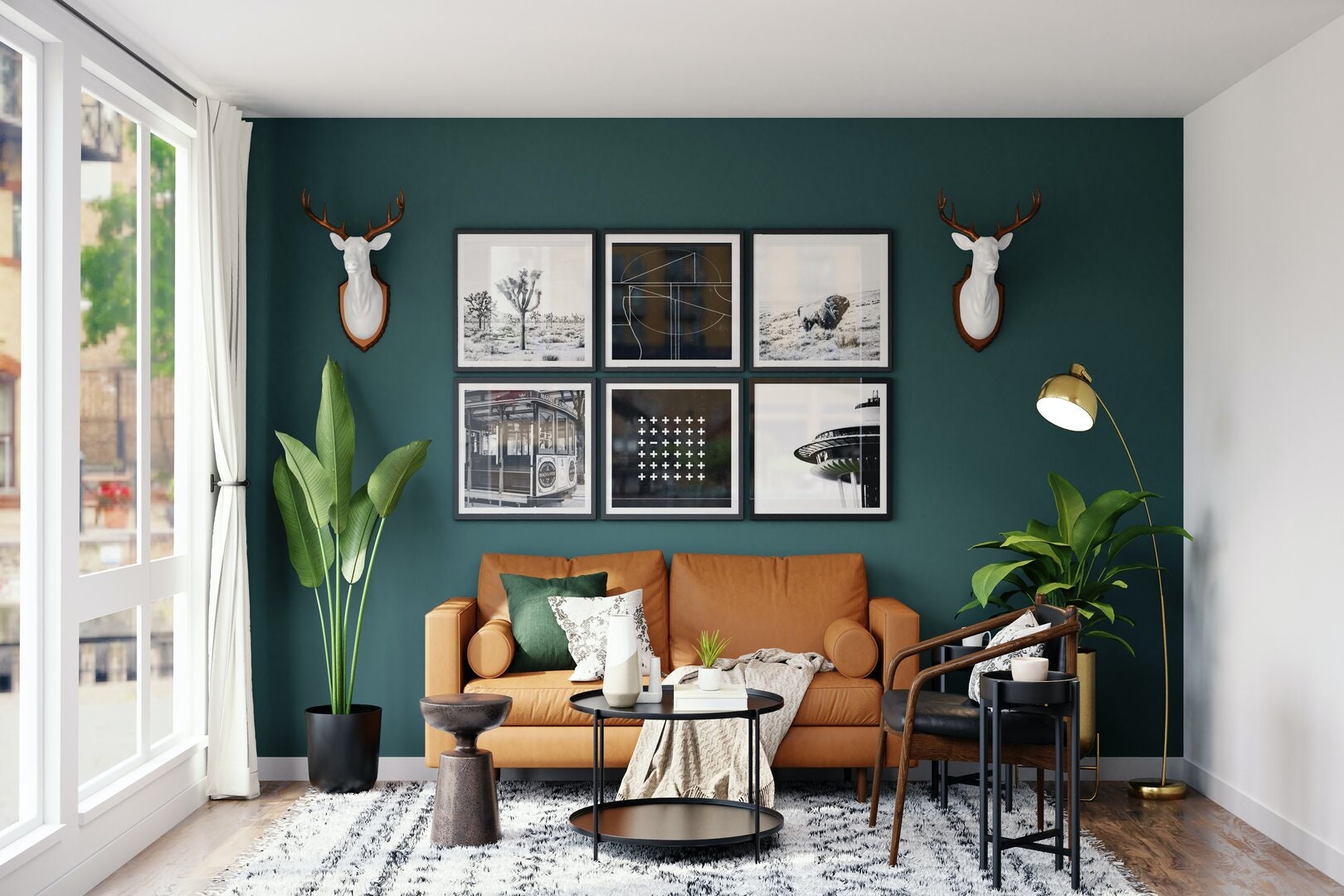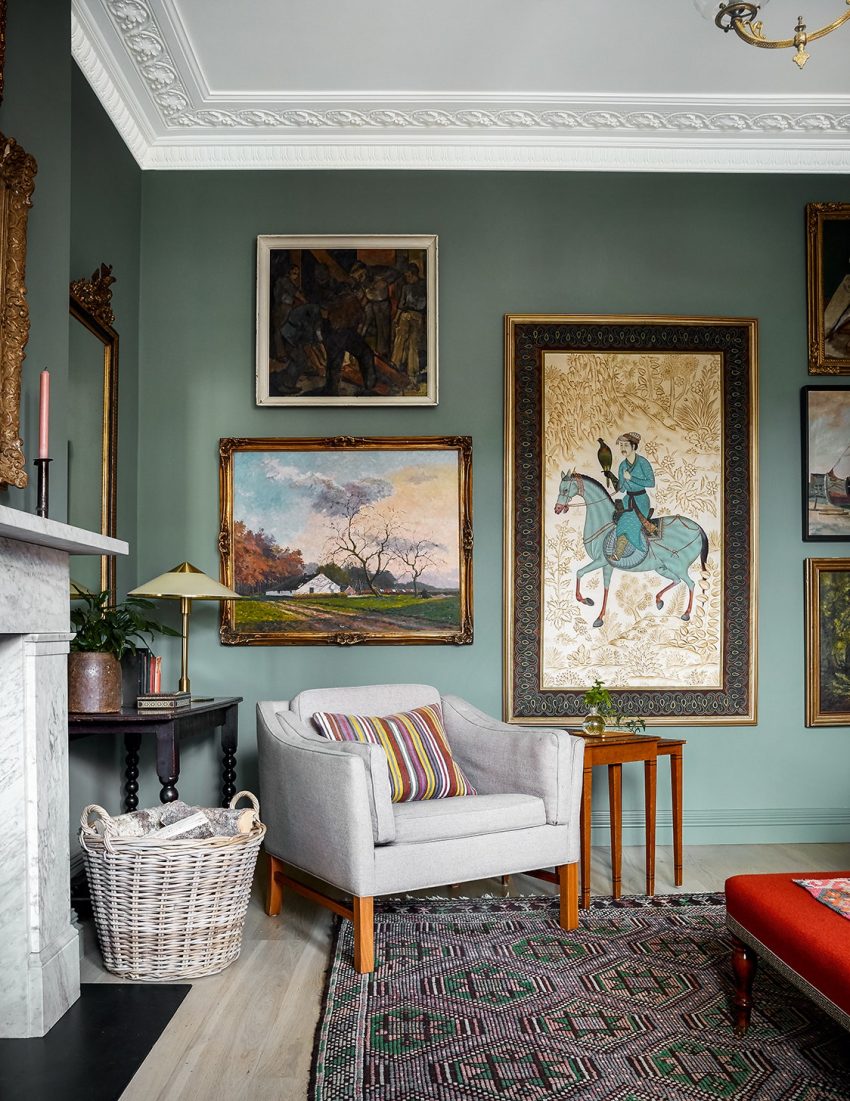Difference between ceiling paint and regular paint, when it comes to painting projects, it’s important to select the right type of paint to achieve the desired results. While regular paint is commonly used for walls and other surfaces, ceiling paint is specifically formulated for ceilings. Understanding the differences between ceiling paint and regular paint can help you make an informed decision and ensure a successful painting project. In this article, we will explore the variances in purpose, characteristics, and application techniques between ceiling paint and regular paint.

Purpose and Function:
Ceiling Paint: The primary purpose of ceiling paint is to provide a smooth and uniform finish to ceilings. Ceilings often have imperfections, such as cracks, stains, or uneven surfaces, that require special attention. Ceiling paint is specifically designed to cover these flaws, allowing for a flawless and visually appealing finish. It typically has a higher viscosity and opacity compared to regular paint, ensuring better coverage and hiding imperfections.
Regular Paint: Regular paint is designed for use on various surfaces, including walls, trim, and furniture. It is formulated to provide a durable and attractive finish while offering protection against wear and tear. Regular paint is available in a wide range of colors and finishes (such as matte, satin, or gloss), allowing for personalization and creativity in decorating spaces.
Characteristics:
Viscosity and Opacity:
Ceiling paint tends to have a thicker consistency than textured wall. The higher viscosity allows for better coverage and reduces the likelihood of drips or splatters during application. The opacity of ceiling paint is also higher, ensuring that it hides imperfections and inconsistencies on the ceiling surface.
Reflectance:
Ceiling paint is usually formulated with a higher light reflectance value (LRV) compared to regular. It helps maximize the amount of light reflected in the room, creating a brighter and more open feel. This is particularly beneficial for rooms with limited natural light or lower ceilings.
Drying Time:
Ceiling paint typically dries faster. This makes it easier to apply subsequent coats, reducing the overall time and effort required for the project. Fast drying times also minimize the chances of accidental smudging or blemishes.

Application Techniques:
Roller Selection:
To achieve a smooth and even finish, it is recommended to use a specific roller for applying ceiling paint. The nap of the roller should be thicker and more absorbent to accommodate the thicker consistency of the paint and ensure adequate coverage. Regular paint rollers may not be as effective on the ceiling surface.
Cutting-In:
When working on ceilings, cutting-in refers to the technique of painting the edges and corners of the ceiling using a brush before rolling the paint. This technique is crucial for a neat and professional finish. Proper cutting-in can help create crisp lines and ensure thorough coverage in areas where a roller cannot reach.
Considerations for Choosing the Right Paint:
Ceiling Condition: If your ceiling has imperfections or stains, choosing a dedicated ceiling paint will provide the best coverage and concealment. Ceiling is designed to withstand the vertical surface application and effectively address common ceiling issues.
Visual Effect: Consider the desired effect and atmosphere you want to create in the room. Ceiling paint with a higher reflectance can make the space feel brighter and more spacious, while regular offers a variety of finishes that can contribute to the overall aesthetic.
Maintenance: Consider the ease of maintenance and cleanliness when choosing best garage wall for your ceiling. Ceiling paint is often formulated to be washable, making it suitable for areas with a higher likelihood of receiving dirt, dust, or stains.

How to choose wall paint
Selecting the right wall paint is a critical decision that can greatly impact the overall look and feel of a space. With a wide range of options available, it can be overwhelming to choose the perfect wall paint that meets your specific needs. Factors such as color, finish, durability, and application techniques all play a role in the selection process.
Identify Your Needs
Determine the Purpose: Understanding the purpose of the space you are painting is crucial. Consider whether it is a high-traffic area, a bedroom, a kitchen, or a bathroom. Different areas may require different types of paint based on factors such as durability, ease of cleaning, and resistance to moisture or stains.
Assess the Lighting: Take into account the natural and artificial lighting in the room. Natural light can affect how paint colors appear throughout the day. Consider the direction the room faces and the intensity of the light. This will help you choose colors that complement and enhance the lighting conditions.
Selecting the Color
Consider the Mood: Determine the mood or atmosphere you want to create in the space. Lighter colors can make a room feel more spacious, while darker hues can create a cozy and intimate ambiance. Consider the function of the room and the emotions or feelings you want to evoke.
Evaluate the Existing Décor: Take into account the existing furniture, accessories, and décor within the room. Choose colors that complement or contrast with these elements to create a cohesive and visually appealing space.
Test the Colors: Before making a final decision, design ideas paint samples or swatches and test them on the walls. Observe how the colors look in different lighting conditions and how they interact with the other elements in the room.

Understanding Finishes
Matte or Flat Finish: This finish offers a non-reflective and smooth appearance. It is excellent at concealing imperfections but can be less resistant to stains and harder to clean.
Eggshell Finish: This finish provides a subtle sheen and is more durable than a matte finish. It offers some resistance to stains and can be wiped clean, making it suitable for living rooms and bedrooms.
Satin Finish: This finish has a slightly higher sheen than eggshell and provides increased durability. It is easy to clean and offers good resistance to moisture and stains, making it ideal for kitchens and bathrooms.
Semi-Gloss or Gloss Finish: These finishes offer a high sheen and are highly durable and washable. They provide excellent resistance to moisture and stains. They are commonly used in high-traffic areas such as hallways and kitchens.
Conclusion:
In conclusion, while both ceiling paint and regular serve specific purposes when it comes to painting projects, understanding their differences is crucial for achieving the desired visual and functional results. Ceiling paint is specifically formulated to cover imperfections and provide a uniform finish on ceilings, while paint serves a broader range of applications, including walls, furniture, and trim. Ceiling has distinctive characteristics such as higher viscosity, reflectance, and fast drying times.

